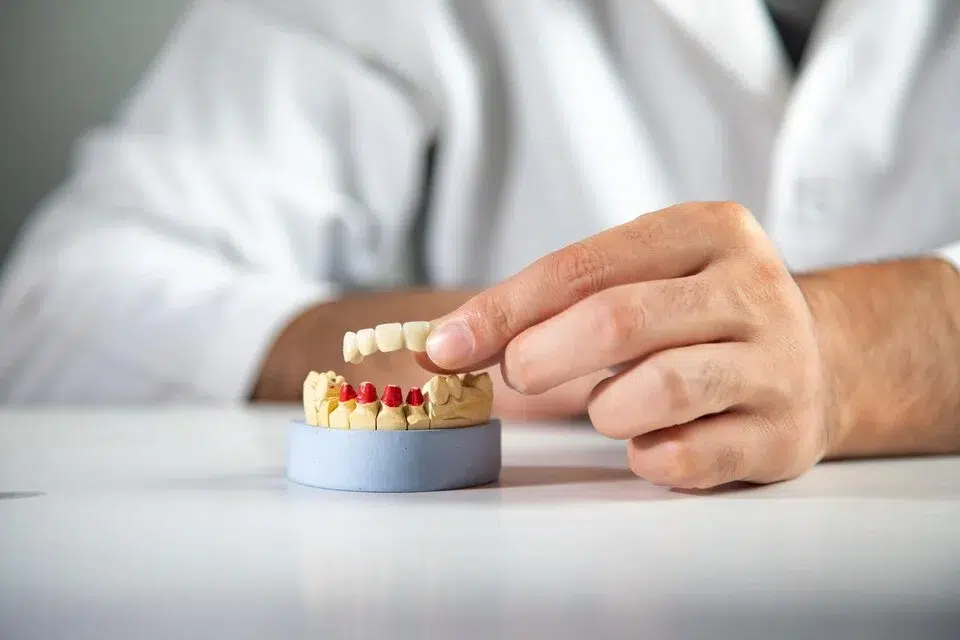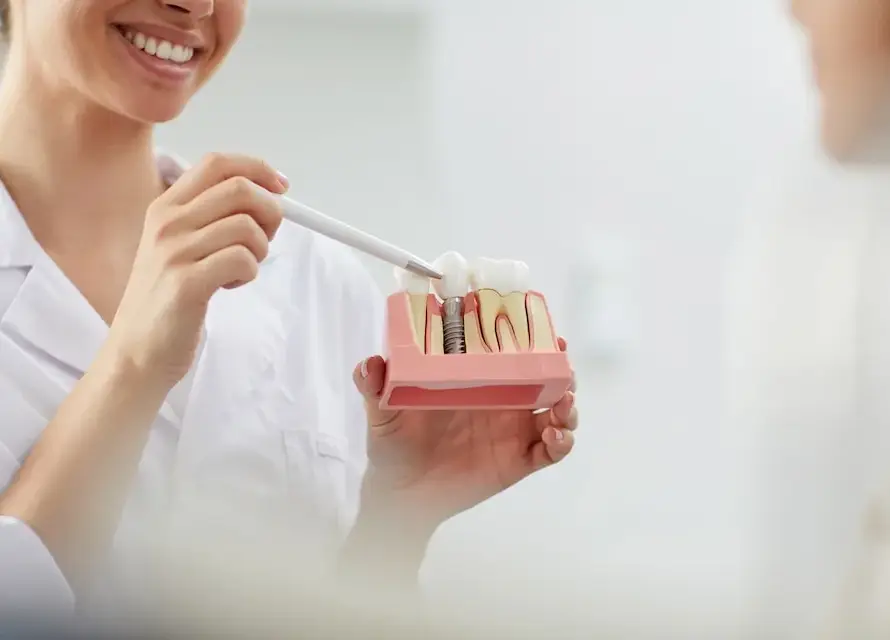Dental Bridges: Your Comprehensive Go-To Guide
Dental bridges in the world of dentistry stand as steadfast guardians, bridging the gap
between oral health and a confident, beautiful smile. Whether you’re looking for a
solution to your missing tooth or seeking to enhance your dental aesthetic game, dental
bridges can be your savior. In this comprehensive guide, we shall simplify the intricacies
surrounding dental bridges – from benefits to costs. We hope this guide proves to be
fruitful for you and helps you make an informed decision.
Let’s get started…
Defining a Dental Bridge
A dental bridge refers to a transformative dental treatment designed to replace one or
more missing teeth. It features a prosthetic tooth (or teeth) that has the ability to
smoothly fill the gap left by the lost tooth, anchored in place by neighboring teeth or
dental implants. A dental bridge not only restores your smile, but it also improves your
chewing ability and keeps any potential dental issues at bay.
Benefits of Dental Bridges
Dental bridges offer several advantages to individuals with missing teeth, including:
● Improved aesthetics and smile restoration
● Improved chewing ability
● Speech enhancement
● Jaw and bite alignment support
Types of Dental Bridges
When it comes to dental bridges, there isn’t a one-size-fits-all solution. There are a
number of types and each caters to a different set of dental needs and aesthetic
preferences. Here’s a quick breakdown of the most common types for your better
understanding:
Traditional Fixed Bridges: Traditional fixed bridges restore both aesthetics and
function with finesse. This widely-used type is known for their strength. It involves
creating abutments for the teeth on either side of the gap and placing the prosthetic
tooth between them.
Cantilever Bridges: These share resemblance to traditional fixed bridges. However,
they are often preferred when only one adjacent tooth is available for support.
Maryland Bonded Bridges: Maryland bonded bridges feature a metal or porcelain
framework bonded to the back of adjacent teeth. This eliminates the need for crowns on
neighboring teeth. Unlike traditional fixed bridges, these are not very robust.
Hybrid Dental Bridges: Hybrid bridges combine the benefits of traditional bridges and
dental implants. Typically, they involve placing one or more implants to support a fixed
bridge. Resultantly, the outcome is a sturdy and long-lasting solution for extensive tooth
loss.
As established, each type comes with its fair share of advantages and considerations,
depending on variables such as the location of the missing tooth, oral health conditions,
and personal preferences. Consulting with a qualified dentist at Vitrin Clinic can help
you determine the most suitable type of dental bridge for you!
The Dental Bridge Procedure
Here’s an overview of what to expect during your dental bridge procedure:
● Dental Consultation: First and foremost, your dentist will examine your dental
health, take the required X-rays, and discuss all your options to determine if
you’re a suitable candidate for a dental bridge.
● Tooth Preparation: Depending upon the type, tooth preparation is carried out. If
traditional fixed bridges are used, a small amount of enamel is removed from
surrounding teeth to make way for the dental crowns that will secure the bridge.
● Impression: An impression of your teeth will be taken to design a custom-made
dental bridge.
● Temporary Bridge: A temporary bridge is placed to protect your
exposed teeth and gums while the permanent bridge is constructed.
● Bridge Installation: Once your permanent bridge is ready, the temporary one is
replaced with it and you are ready to go.
Cost of Dental Bridges
Type of dental bridge, use of materials, location of the chosen clinic, and service fees
determine the overall cost of getting the procedure done. While costs are subjective, it
is best to consult with an expert at Vitrin Clinic for an exact quote as per your specific
dental needs.
FAQ
Is the dental bridge placement process invasive?
No, getting a dental bridge is not considered invasive compared to procedures like
dental implants, which may require minor surgery.
How many teeth can be replaced with a dental bridge?
At maximum, a dental bridge can replace four teeth in a row. However, it is important to
note that such cases are rare. Most commonly, dental bridges are used to replace one
or two missing teeth.
How should I care for my dental bridge in the long term?
Following a strict oral care routine is essential. This includes brushing your teeth twice a
day, flossing once a day and rinsing your mouth using an antiseptic mouthwash. In
addition to this, make sure to take timely routine check-ups with your dentist.



